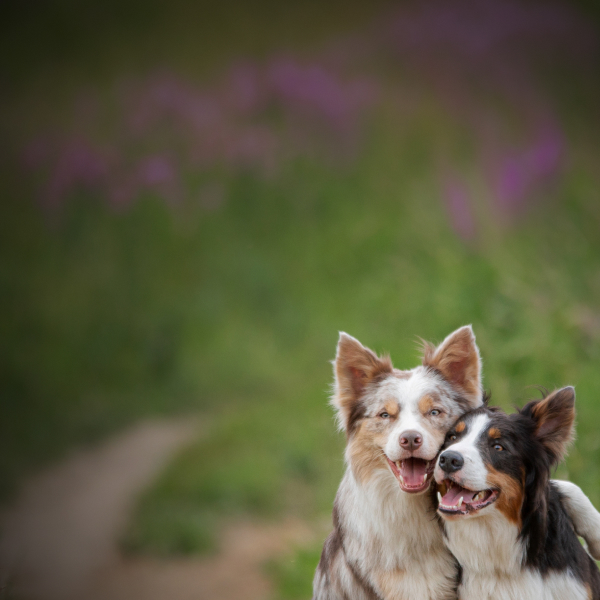
Get a free pet insurance quote in less than 60 seconds!
Easily compare quotes from the most trusted pet insurance companies in the United States.

- Vomiting
- Diarrhea
- Restlessness
- Disorientation
- Tremors
- Seizures
- High fever (hyperthermia)
- Jaundiced appearance (icterus)
- Abdominal pain
- The most common type of tremorgenic mycotoxin associated with poisoning in dogs, frequently found in mold growing on bread, nuts, cheese and other spoiled products
- Produced by aspergillus fungi this can also be a component in many types of mold
- In dogs, it can affect liver function and may cause icterus (jaundice)
- A trichothecene mycotoxin produced by Fusarium mold that grows on grains such as those found in bread or dog food
- This is an infrequent cause of poisoning in dogs that is mainly caused by contaminated dog food
- Another tremorgenic mycotoxin frequently found with penitrem-A
- Spoiled food left in an open trashcan
- Compost heap
- Feeding spoiled food to a dog

Worried about the cost of treating your pet's symptoms?
Pet Insurance covers the cost of many common pet health conditions. Prepare for the unexpected by getting a quote from top pet insurance providers.

27 found this helpful
27 found this helpful
27 found this helpful
27 found this helpful
9 found this helpful
9 found this helpful
23 found this helpful
23 found this helpful
1 found this helpful
1 found this helpful
1 found this helpful
1 found this helpful

Get a free pet insurance quote in less than 60 seconds!
Easily compare quotes from the most trusted pet insurance companies in the United States.

